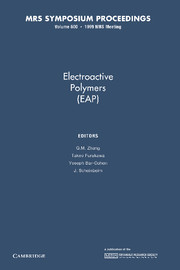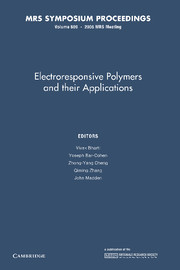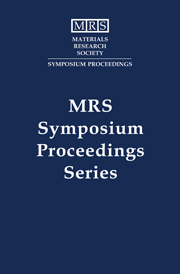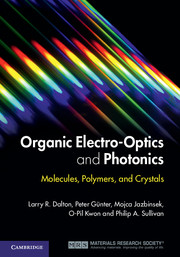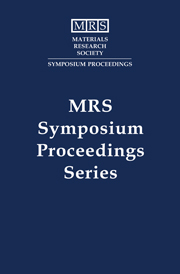Electroactive Polymers (EAP)
For many years, electroactive ceramic, magnetostrictive material and shape memory alloys have been the primary source of actuation materials for manipulation and mobility systems. Electroactive polymers (EAPs) received relatively little attention due to their limited capability. However, effective EAP materials have emerged, changing the paradigm of these materials' capability and potential. Their main attractive characteristic is the operation similarity to biological muscles, where under electrical excitation a large displacement is induced. The potential to operate biologically inspired mechanisms using EAPs as artificial muscles and organs offers exciting applications. This book promotes technical exchange of EAP research and development, as well as provides a forum for progress reports. Generally, two groups of materials are covered-dry EAPs and wet EAPs. While overall the dry types require high voltage for their operation, they also provide larger mechanical energy density and can hold a displacement under a DC voltage. Topics include: applications; ferroelectric polymers; piezoelectric, electrostrictive, and dielectric elastomers; conductive polymers; polymer gels and muscles and composites and others.
Product details
June 2014July 2000
Paperback
9781107413269
356 pages
229 × 152 × 19 mm
0.48kg
Available

